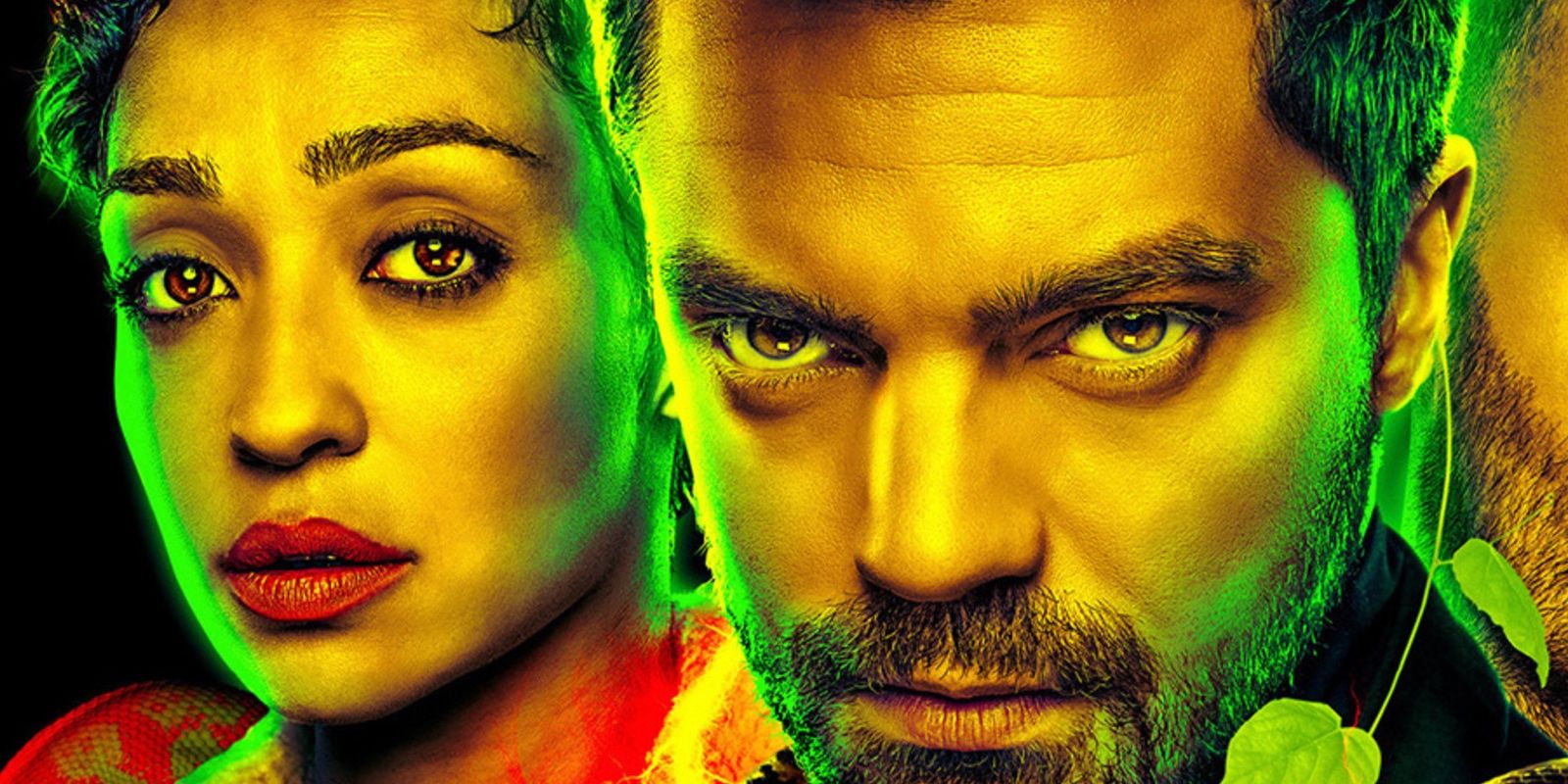
WARNING: The following article contains MAJOR SPOILERS for the Series Finale of Preacher, "End of the World," which aired Sunday on AMC.
AMC's TV version of Preacher stayed true to Garth Ennis and Steve Dillon's comic book series of the same name in the broadest of strokes. Our heroes initially congregating in Texas and then traversing the United States -- and eventually the globe -- were hallmarks of both the show and the comic, but the locations they ventured through were wildly different. Ancillary characters from the source material were utilized throughout the show, but were inserted at different points in time. And entire plot threads from the comic were excised, but given on-screen nods in acts of pure fan service.
Overall, The blueprint remained very much in tact, but the devil in the details switched up the floor plans significantly. Now that the show has come to its end with its final episode, "The End of the World," the number of liberties taken in the story's finale wound up being manifold, for better and worse.
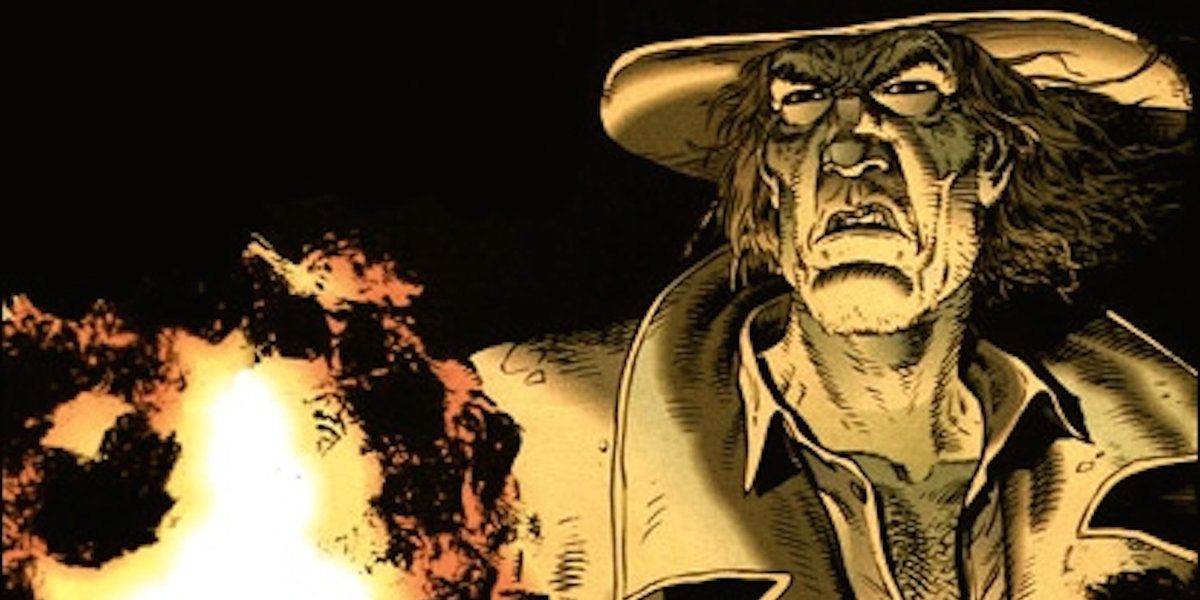
The biggest divergence from the source material centers on its lead antagonist, Herr Klaus Starr. In the comics, Starr suffered many of the same disfigurements he did in the show, but found himself on the business end of Tulip's gun in the finale story arc. The live-action version of Starr (played by the incredible Pip Torrens) fared much better than his print counterpart. In the show, the character regained his lost bits and got away with all his dirty deeds. In the end, he's seen hitting golf balls on the back nine with other well-to-do folks (all of whom seem to be under Starr's influence or on his payroll). It's probably the most cynical revelation in a show brimming with cynicism.
The other Big Bad of the series, The Saint of Killers, ends up in the same spot as he did in the comics -- atop God's throne, surrounding by the bodies of fallen angels. However, the path leading there was a little different. There was no epic fight with Genesis' parents in the comic like there was in the show. Yet, the final confrontation between God and the Saint played out on screen very much like it played out in the comics, with God catching a bullet and The Saint taking over Heaven in some capacity.
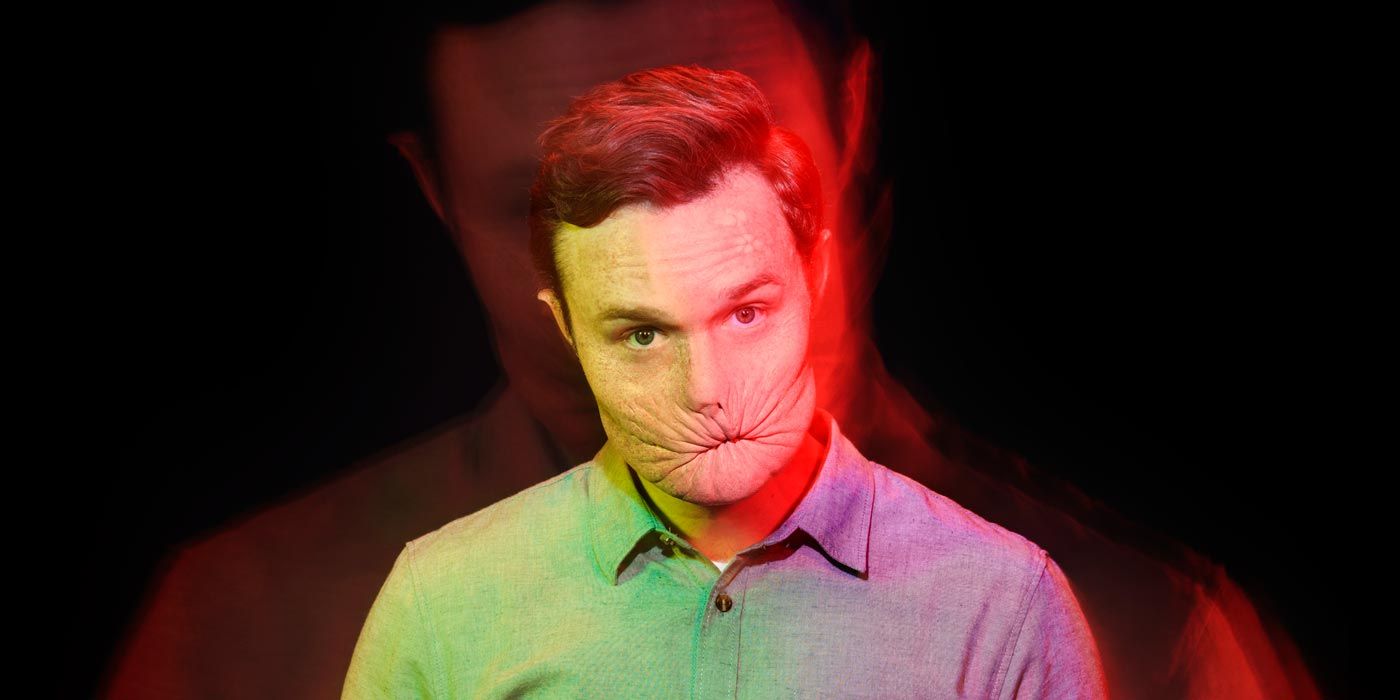
Eugene "Arseface" Root was something of a punchline in both versions of the story, but where his tale ends differs quite a bit between the two. The comic follows Eugene's rise and fall as a punk rock icon and ends his journey with a romantic connection with a young woman named Lorie, who also bares the weight of a facial deformity (hers being the result of a shallow gentic pool and not a shotgun blast).
In the show, Arseface winds up being a street performer who stumbles through the opening chords of "Closing Time" by Semisonic. It isn't until he embraces his renegade roots and belts out a three-chord punk anthem that we get a glimpse of his full potential. It's a nod to the comics, and it's also one of the more tender moments of the show's final episode.
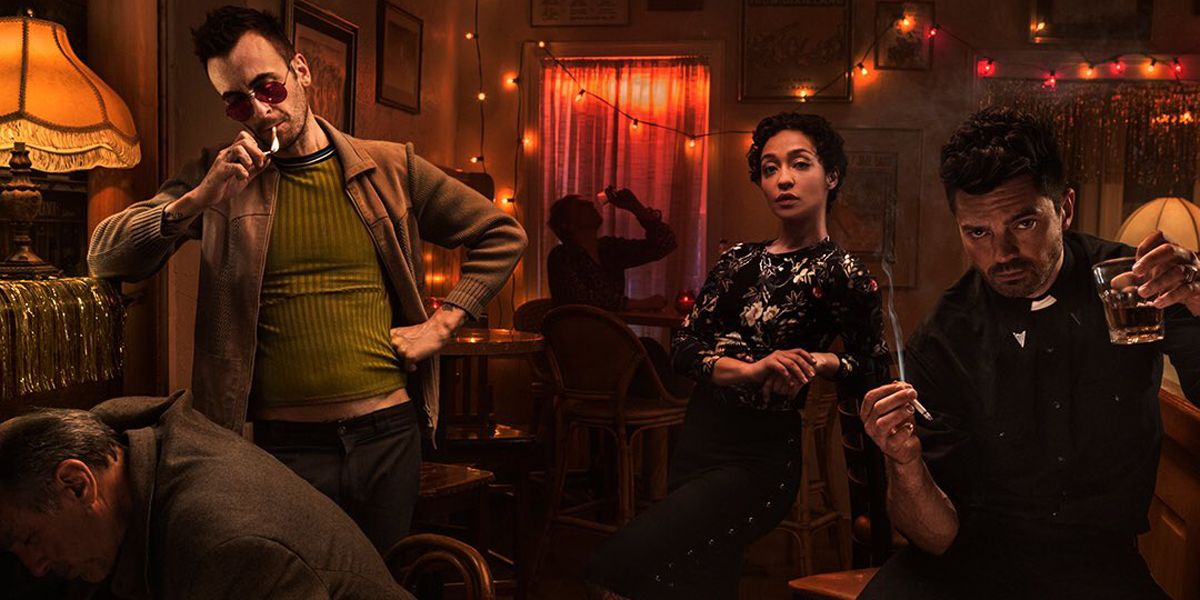
Preacher is a story of the bonds that cannot be broken between kindred spirits. All the religious allegory and madcap violence is just window dressing. When it comes down to brass tacks, the heart of the show and comic is the unholy trinity of Jesse, Tulip, and Cassidy. The show finds the trio making it out of The Grail's stronghold alive, only to jump ahead two years. Jesse and Tulip have reconnected and built a life for themselves with their newborn daughter. Cassidy is gallivanting around the globe, getting into the sort of mischief you'd expect.
During this time, Jesse confronts God and releases Genesis. After that, things get a bit hazy. The show jumps ahead again, this time forty years into the future, and focuses on Cassidy, who is attending Jesse's funeral. Tulip and Jesse's daughter consoles "Uncle Cassidy" at her parents' gravestone (Tulip has passed as well by this point). In a surprisingly bittersweet turn for the show, Cass bids his "niece" farewell and walks into the sun. The people he loved more than anything in the world are gone, which stunted his desire to go on any longer.
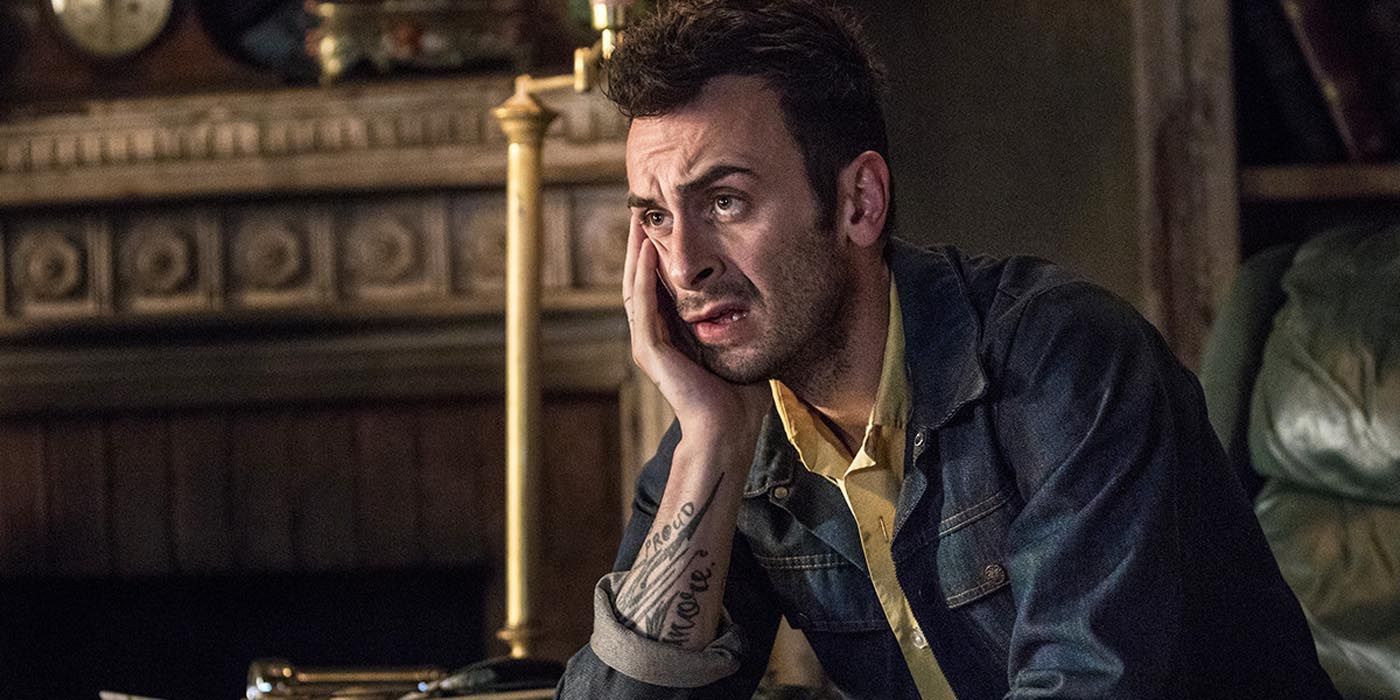
Cassidy does walk into the daylight in the comics, but the circumstances surrounding his decisions to do so were very different. Cassidy sacrifices himself to broker a deal with God. He promises to deliver Genesis to the Almighty as long as his best friend lives. God agrees, resurrects the Reverend Jesse Custer (who had been assassinated by Starr and the Grail) and grants Cassidy his mortality.
The comic does not probe into the trio's lives beyond a reunion between Jesse and Tulip and Cassidy, who is embracing his newfound humanity. Their bond remains intact, even if it is uncertain whether the three of them would ever be in the same place together again. The last issue of Preacher contains several letters between the characters, explaining their decisions and sacrifices and often asking for forgiveness, which is granted to and from all parties.
Vertigo's iconic comic series ended on a much sunnier note (no pun intended) than AMC's adaptation, overall. A lot of this might be due to the fact that show didn't tackle as many plot threads as the comic had the gall to approach. The show was ultimately a truncated version of the story that took liberties where is saw fit to do so. And while the end result may not have been as emotionally deft as its source material, it sure was one hell of a ride.
Preacher was developed by Sam Catlin, Seth Rogen and Evan Goldberg. It stars Dominic Cooper, Joseph Gilgun, Ruth Negga, Ian Colletti, Graham McTavish, Pip Torrens, Noah Taylor, Julie Ann Emery, Mark Harelik and Tyson Ritter.
Add Comments